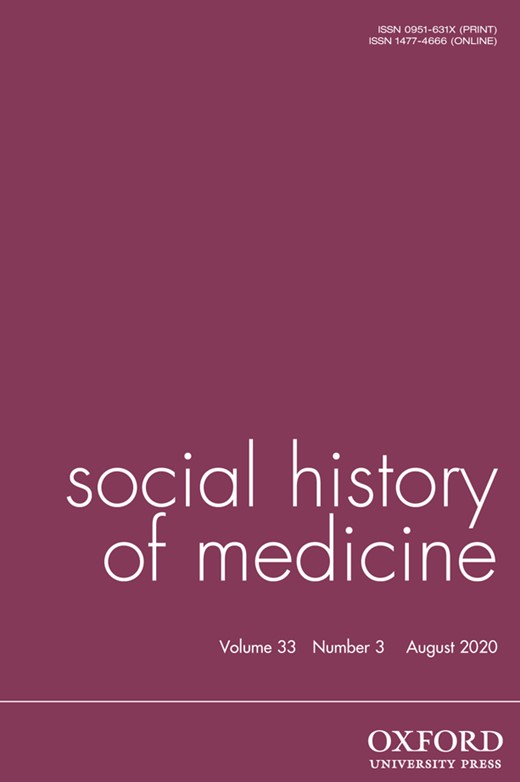-
Views
-
Cite
Cite
Nichola E Harris, Elaine Leong, Recipes and Everyday Knowledge: Medicine, Science and the Household in Early Modern England, Social History of Medicine, Volume 33, Issue 3, August 2020, Pages 1029–1051, https://doi.org/10.1093/shm/hkz129
Close - Share Icon Share
Extract
In recent decades, historians of medicine and science have revolutionised the study of pre-modern heath and healing by focusing on sources that provide historians with new insights into popular medical practices, the transmission of ideas and the complex interactions of gender and social hierarchies within networks of intellectual exchange. In Recipes and Everyday Knowledge, Elaine Leong continues this tradition by bringing to life the ‘recipe fever’ of seventeenth-century England. This study focuses on the handwritten books of household recipes and networks of domestic exchange among early modern landed gentry. Leong uses recipes as a method for investigating the creation and transmission of ‘vernacular practical knowledge’, revealing how early modern people maintained their own state of health, developed techniques to produce improved foods and medicines, and conducted individual experiments using natural pharmaceuticals.
Leong begins by contextualising the art of recipe gathering within the social and cultural environment of early modern England as a necessary social skill expected in any master or mistress of a large household. The first chapter details the compilation practices of two landowning families, demonstrating how a variety of public and private social occasions functioned as sites and opportunities for the collection of recipes. Leong argues that recipe gathering not only expanded a family’s medical knowledge, allowing them to produce better foods and pharmaceuticals, but also facilitated the expansion of their social network. Chapter two offers three case studies that illustrate the specialised skills present within early modern households necessary for the execution of recipes and evidence the complex social interactions involved in the pursuit of more effective formulas. This chapter also explores how personal experimentation and the performance of household tasks provided the masters and mistresses with first hand practical knowledge of the processes and natural materials described within recipe books. Chapters three and four work together to first reveal how practical knowledge was codified, discussed and assessed in early modern networks of idea exchange, followed by accounts of how those recipes were tested and perfected. Perhaps the most interesting insight brought to light here through Leong’s innovative use of sources is how everyday conversations within social networks evidence early modern peoples’ eager exploration of materials and processes in the natural world. Chapter five explores the interconnectivity of recipe collections and family histories, linking prized ‘family books’ handed down and expanded by successive generations with familial identities. Leong convincingly argues that recipe making was a collaborative process over the course of successive generations, with family members competing to inherit the compiled knowledge of their forbearers and new owners editing and adding to the corpus of practical vernacular knowledge. The richness of her source material shines in this chapter, particularly the fascinating tale of the Brockman papers.




